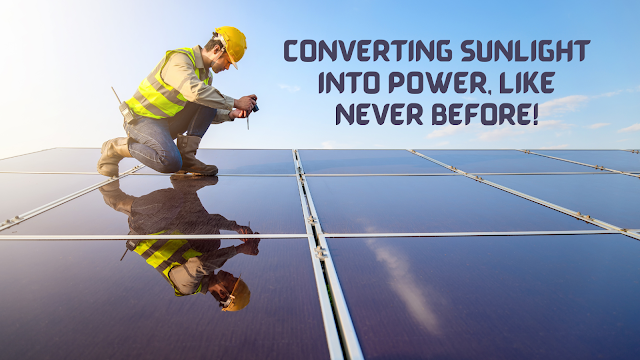Hey there, fellow eco-warriors! Are you thinking of installing a rooftop solar energy system but wondering how long it'll take? Don't worry, we've got you covered! In this blog, we'll break down the installation timeline from point of sale to PTO (permission to operate) in a way that's informative, accurate, and hopefully, a little bit entertaining too!
Factors that Impact Installation Timeline
Before we dive into the installation timeline, let's take a quick look at the factors that can affect it. These include the size and complexity of the system, permitting and interconnection requirements, weather conditions, and availability of materials and labor.
Now, we know what you're thinking, "Wow, what an exciting list!" But trust us, these factors are essential to consider to ensure a successful and timely installation.
Installation Timeline
So, how long does it take to install a rooftop solar energy system? The truth is, it can vary depending on several factors. However, on average, it can take anywhere from a few weeks to a few months from point of sale to PTO.
Here's a breakdown of the installation timeline:
Site Evaluation: The installer will come out to evaluate your roof's size, orientation, shading, and structural integrity. This step is like going on a first date, except instead of looking for chemistry, they're looking for the perfect roof match.
System Design: Once the installer has evaluated your roof, they'll design a custom system that meets your energy needs and fits your roof. Think of it as creating a solar outfit tailored just for you!
Permitting: Now, this is where things can get a little bureaucratic. The installer will obtain the necessary permits and approvals from local authorities and interconnect with the utility grid. We recommend a good playlist to keep you motivated during this step.
Equipment Procurement: It's time to go shopping! The installer will order and receive all the necessary solar equipment and materials, like a kid in a candy store, except instead of candy, it's solar panels and inverters.
Installation: The fun part! The installer will mount the panels, install the inverters and other equipment, and wire everything together. It's like putting together a giant puzzle, except instead of a picture of a mountain, it's a picture of a bright solar future.
Inspection: The installer will schedule a final inspection to ensure that the system meets all safety and performance standards. This step is like getting a physical, except instead of checking your health, they're checking your solar system's health.
Permission to Operate (PTO): This is it, the moment you've been waiting for! Once the system passes the final inspection, the installer will apply for PTO from the utility company, which will allow you to start generating your own solar power. It's like getting a driver's license for your solar system!
Conclusion
In conclusion, installing a rooftop solar energy system is a smart and inspiring way to reduce your carbon footprint and save money on your energy bills. And now, armed with the knowledge of the installation timeline and factors that can impact it, you can go into the process with confidence, charisma, and a smile on your face! To learn more and see how we are speeding installation up, check out our blog. Click Here












